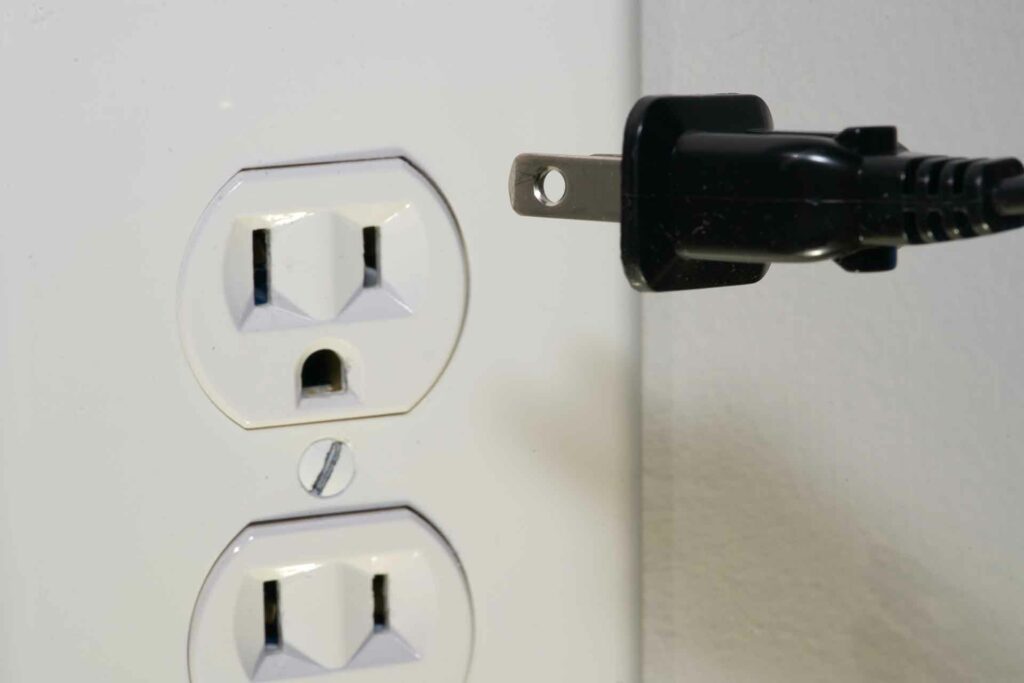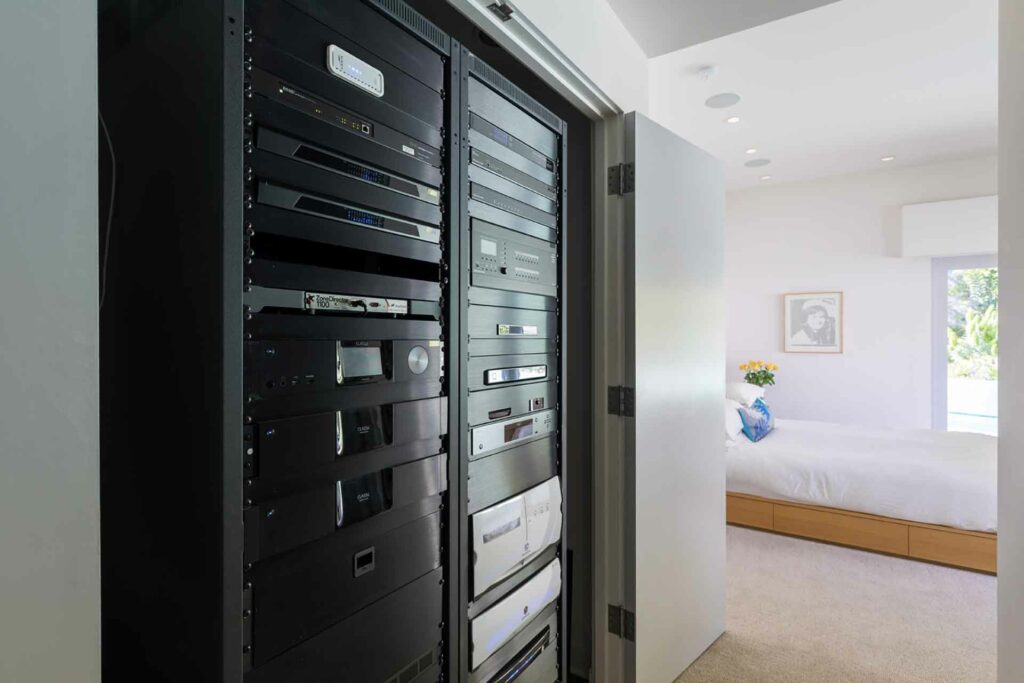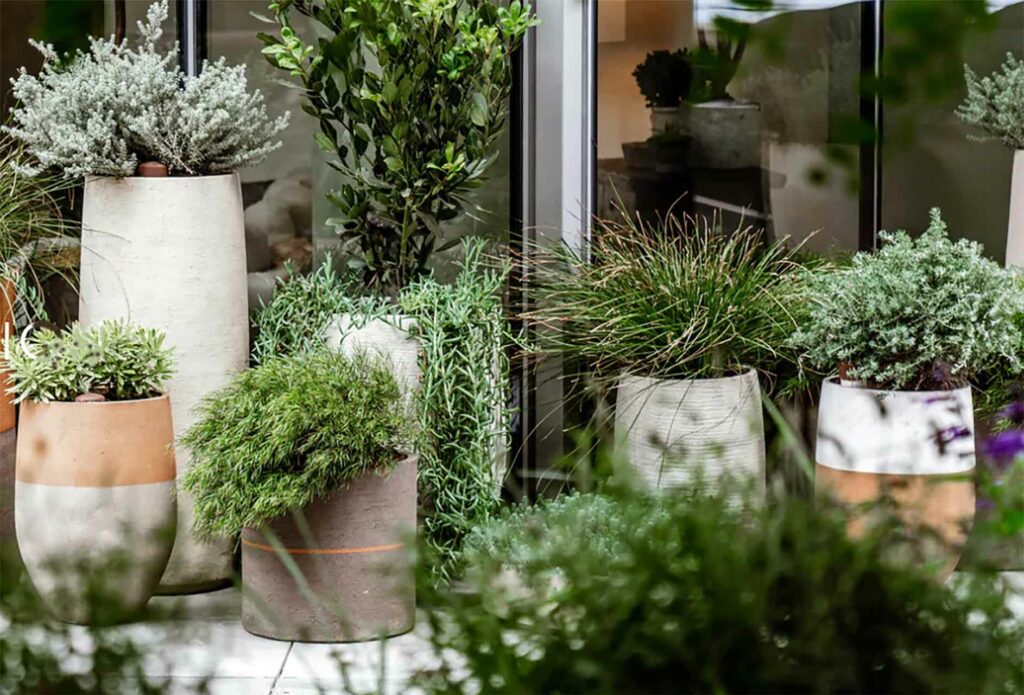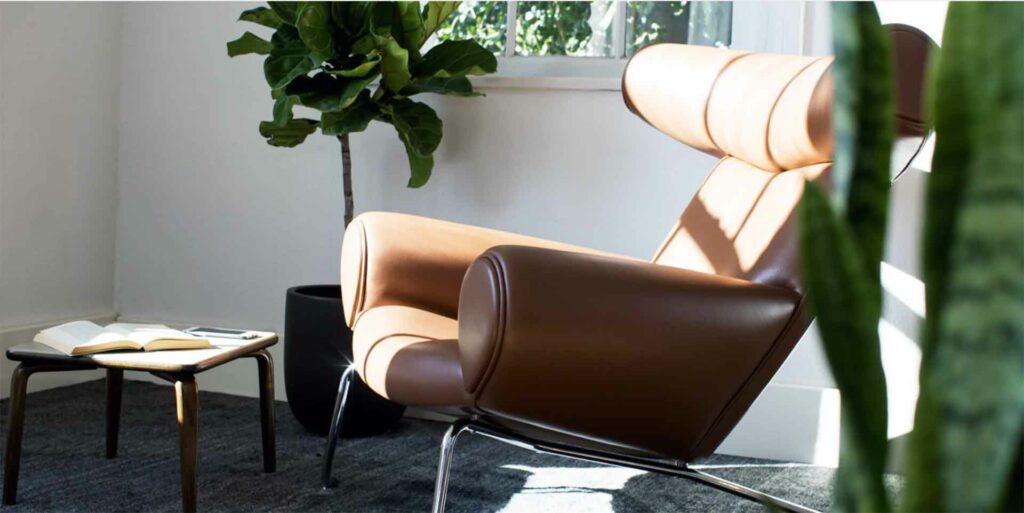Acoustician Bob Hodas, who has tuned and pretty much every good recording studio—from Sony Music and Electric Lady Studios to Van Halen’s 5150 and so many more—also works with enlightened audiophiles seeking real-world, non-voodoo tuning of their rooms. This can mean equipment changes but not always. More often than not, the changes are acoustical or a function of DSP (a bad word to many audiophiles who think they know better). But there is one audiophile villain that Bob just cannot stand and we will start with that as our first (and completely free) audiophile hack to make your system sound better without paying pricey consultant fees.

FutureAudiophile.com Audiophile Tweak No. 1 – Ditch Your Coffee Table (Cost = FREE)
Coffee tables are great for parking your drink or stacking some cool, artsy hard-bound books, but in terms of acoustics, they are killing your sound. There are all sorts of factors that affect your sound in your listening room. First order reflections are among the most important, meaning the first surface the sound from your speakers bounces off before reaching your ears, whether from above, below, or to the sides, has a big, physical impact on your sound. Insert a coffee table or a big-ass ottoman and you’ve got a physical impediment that is causing unneeded sonic problems. Think about it: if you are reflecting your sound before it gets to your ears in ways that no producer or engineer ever counted on, you can see how your audio could get pretty jacked up just from items physically between you and your speakers.
The solution is simple and completely free: Remove the ottoman or coffee table so that there is nothing between you and your speakers that can complicate your first reflections. If you’ve got somebody to help you, this demo is even easier to appreciate as you can play 1:30 or so of your favorite track and then remove the offending foot rest or clutter-magnet and play the same material (without moving your head much if you have helpers) at the same level. No money spent. Audio improved.

FutureAudiophile.com Upgrade No. 2: Call the Electrician (Cost = likely under $500)
Some audiophiles spend a lot of energy on AC power conditioning, power regeneration, or whatever you want to call it, and those products do have their benefits. But before you start fooling around with those add-ons, concentrate on the raw AC power that comes into your audio system from the power company and in your home’s walls.
Have you ever installed dedicated AC circuits for your amps and electronics? If not, it doesn’t cost much to add them with the help of a licensed and bonded electrician. Could he or she check all of your listening room’s outlets at the same time? Yes, please, because loose connections or bad grounds in your wall outlets are an easily (and cheap) fixable problem that can cause nasty noise issues that mess with your sound. Your electrician can replace some of your key wall outlets with “hospital grade” outlets that are even more robust and can make a better, more noise-free connection when you plug in your gear.
Lastly, what kind of lights do you have in your listening room? Are they noisy? An iPhone app or a Radio Shack SPL (sound pressure meter) can tell you how you fare in your room very easily. Replacing your lights or even bulbs with ones that are less noisy, that dim better, and that create a better listening experience. A nice, easily controllable DIY dimmer might allow for even more lighting drama that will make your room another grade of awesome without spending a fortune. I’ve seen fully suitable, under-$100 options at mainstream hardware stores that can be had anywhere in America and certainly by a pro electrician.
Just reducing your background noise a few dB is a pretty big improvement, and for many of us, the performance gain is staring us in the face.

FutureAudiophile.com Upgrade No. 3: Move Your Equipment Rack to the Side or Rear of Your Room (Cost = $300 plus)
I see consumer system photos with their gear racked up between their speakers nearly every day. Sometimes this is out of pure necessity, but other times it is just a function of habit. With products like Monoprice AV racks costing about $300 per three-level XL unit, there’s no excuse not to get the physical bulk out from between your speakers, and the sonic improvement is pretty gigantic. In a perfect world, our audio gear would be in a different room than where we listen. In my house, I turned a big coat closet into a mechanical room, with two 8-foot-tall Middle Atlantic racks complete with hardwire, enterprise network gear, Crestron home, electronics for a 13.2.1 theater, and more. And it makes a good amount of noise even with the doors closed. Whatever you can do to remove the gear from between your speakers and to lower the background noise in your listening room is a good thing.
Much like the coffee table concept, getting your gear moved away from in between your speakers gives you a little-to-no-cost option that can improve your sound. You might need a few different cables or some better power management options, but those won’t break the bank for most audiophiles looking for a performance boost.
Another super-affordable tweak that all new-school and enlightened audiophiles should embrace is the use of Velcro wire ties that are easily purchased at, say, Best Buy or Amazon. AV custom installers used to like to use the hard, plastic wire ties, but they make a mess and don’t allow for many easy/fast changes to your system. The Velcro ones (a whole package of them might be $10) are much more flexible and easier to use. Despite what the elders have taught in the hobby for years, literally nobody wants to see your audiophile cables on display. Tie them down and make your rack super-neat.

FutureAudiophile.com Tweak No. 4: Go House Plant Shopping (Cost $50 to $500?)
There are a lot of Millennial clichés, and one of the trendiest is buying house plants. I spent a pretty penny on the Fiddly-fig tree that I got at a very hip Los Angeles plant emporium called Rolling Greens in Culver City. They have the nicest specimen plants in town, as well as a whole assortment of very expensive but super-cool pots and planters. They will make the whole plant up for you and deliver it (as will most good plant shops or top florists), which when talking about an indoor tree that is over 12 feet tall, is, well… necessary. They even helped me install Christmas Tree-type lights that are on AA batteries and a simple timer that I got from Amazon, which look pretty cool too.
Other than embracing your inner-Hipster, house plants are an organic, lively, vibrant, and affordable way to diffuse sound. You can use those skyline type acoustic treatments between your speakers as well as behind them, but plants help too. In a perfect world, you might have both.
Even if you can’t justify large plants in your room, a few small ones, perhaps succulents, add a cool look even if they aren’t big enough to change the sound. Large plants can help with the sound as crazy as it sounds. If worse came to worst, you could use any number of fake plants to bring a better look to your sound as Rolling Greens, other florists, and Amazon.com have nice fake plants too. and they need no work whatsoever.

FutureAudiophile.com Tweak No. 5: Change Your Chair ($500 to a lot more)
In golf we talk about how the only part of the club that you have contact with is the grip. Similarly, your seating is key to the success of your system. Being able to get a little bit more comfortable and possibly bring more people into your listening experience is an enlightened way to look at the hobby going forward.
For $209, you can get an IKEA Poang Chair and ottoman in leather. The footrest isn’t likely to mess with your audio like a big glass coffee table or the enormous leather hockey puck that I have in my living room (that needs to go).
Perhaps the most cliché yet fantastic chair for audiophile listening is the Eames Lounge Chair. If you are truly lucky, you can find an original one at a garage sale or a vintage furniture shop; however, there are reproductions made that range in quality and price from say $1,500 to $5,000 at places like Design Within Reach, which are nicer but far costlier.
Have you ever looked at Modernica.com for audiophile seating? This East-side Los Angeles retailer makes a number of their own truly kick-ass and often very unique seating options that are super-Mid-Century-tastic and would look so cool in an awesome listening room. Most specifically,their Modernica Ox Chair at $2,995 is a crazy looking but ultra-comfortable chaise that is less cliché than an Eames Lounger but is still hella cool (they say “hella” over on that side of town, very Gwen Stefani of them). Custom leathers and fabrics allow you to make this seating all yours.
If you like these hopefully low-cost and low effort tweaks, we will come up with some more for you in the future.
What audiophile hacks have you found that have improved your system or your enjoyment of your system? Share with us in the comments below.




Replace the coffee table with a plant stand such as:
https://www.ebay.com/itm/332712055727
KILL ALL COFFEE TABLES!!!!
Plant stands are great because the top tier can hold your drink, and the bottom tier can hold books and magazines. Can’t be beaten with a stick, for circa $40 each. PS: They also make great BUDGET loudspeaker stands for BBC Shoebox sized mini-monitors.
Great and practical tips, Jerry. You didn’t mention what I think is the most efficacious of the low-hanging room treatment fruit, which is to add some damping materials, especially if it has marble or tile floors, glass walls, or other large areas of hard, reflective surface. No need for expensive, audio-grade foam and tiles, though those can help, too; the tweaks could be a simple as a thick throw rug on the floor between your listening chair and the speakers, or perhaps some moveable curtains on some of the walls.
Great comments and advice Josh!
We will keep beating the room acoustics drum as loudly as we can for our audience!!! 🙂
I suggest going to a TOTL headphone system. This obviates the need for a number of these tweaks or “hacks”, namely all of the room acoustics fixes including moving the equipment to a closet or another wall of the room, tweaks which anyway only correct part of the problems. A $10,000-$15,000 headphone system easily and greatly beats a similarly priced speaker based system in all sonic categories except naturalness of imaging and soundstage. In fact, the headphone system will be clearer, more transparent and better in many other areas than a speaker-based system many times the cost.